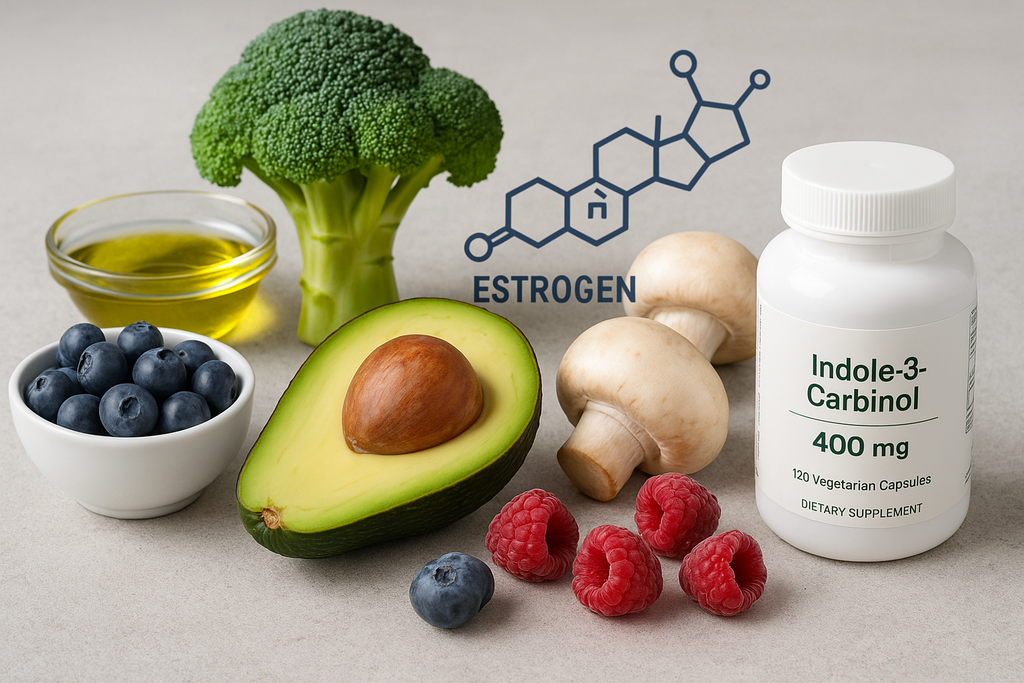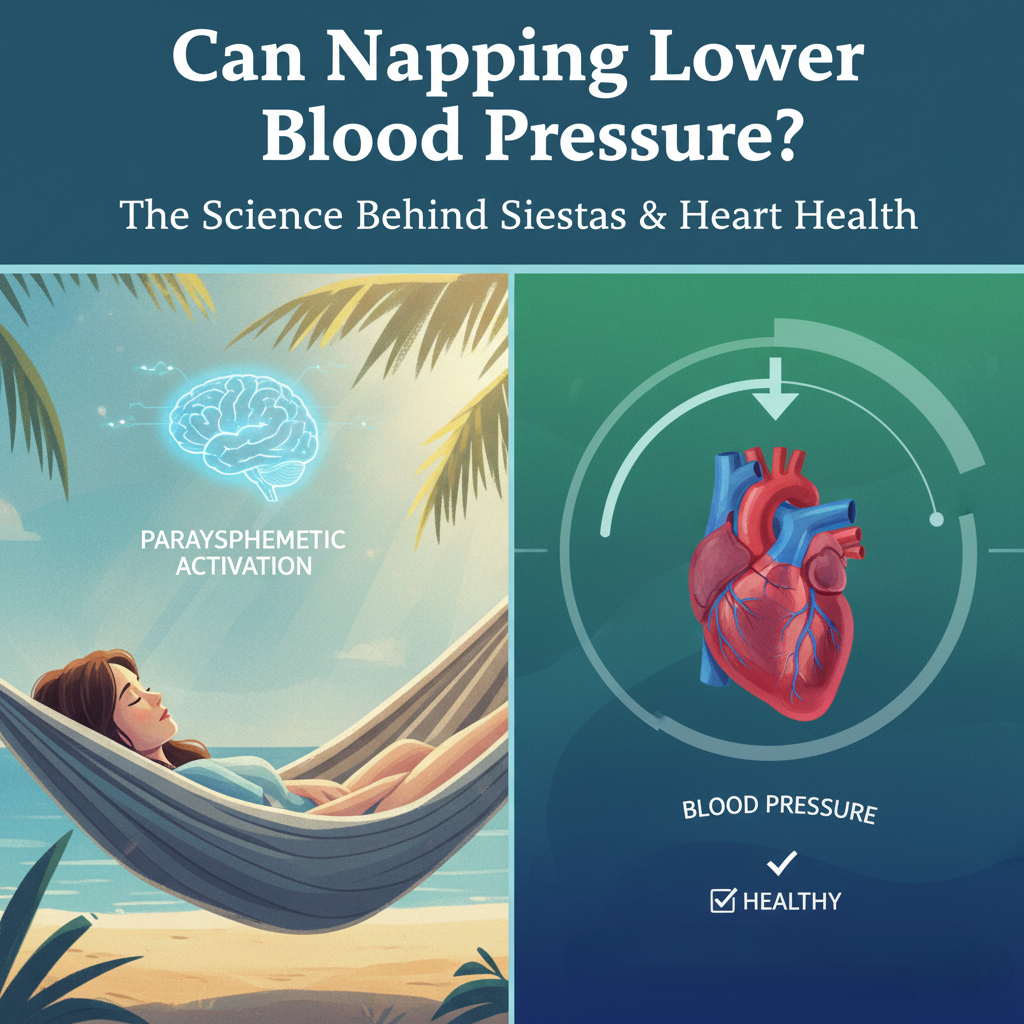News
Baking Soda for Performance: Dosing to Boost Power Without GI Upset
baking soda for performance improve workout endurance sodium bicarbonate workout
Baking soda, also known as sodium bicarbonate, might seem more at home in your kitchen cabinet than in your supplement stack—but this common compound has been quietly making waves in the world of athletic performance. Used correctly, it can significantly buffer acid in the muscles during intense workouts, helping you train harder, perform longer, and recover faster. But there’s a catch: if not taken properly, baking soda can wreak havoc on your gut.
That’s why strategic dosing is essential. When used with precision, baking soda is one of the most effective, research-backed ergogenic aids for high-intensity sports like CrossFit, sprinting, MMA, and weightlifting. In this guide, we break down the science behind how it works, how to dose it safely, and how to minimize (or avoid) the infamous GI distress it can cause. Let’s get into the nitty-gritty of powering up—without the gut rebellion.
Aromatase-Modulating Foods: Diet Strategies for Hormone & Estrogen Balance
aromatase inhibitors estrogen dominance hormone balance diet
When it comes to hormone health, estrogen often gets a bad rap—yet it's essential for both men and women in the right amounts. The problem isn’t estrogen itself, but rather how it's metabolized, converted, or produced in excess. One key enzyme in this process is aromatase, which converts testosterone into estrogen. And here’s the good news: your diet can play a powerful role in modulating aromatase activity naturally.
Whether you're dealing with estrogen dominance, low testosterone, PCOS, or simply looking to maintain optimal hormonal balance, targeting aromatase through nutrition can be a game-changer. Certain foods contain natural compounds that inhibit aromatase, helping support estrogen balance without the need for pharmaceuticals. In this guide, we’ll explore the science behind aromatase, its role in hormone regulation, and the top aromatase-modulating foods to include in your daily diet.
Urolithin A & Mitophagy: Cellular Renewal for Anti-Aging and Longevity
cellular health mitophagy urolithin a
In the ever-evolving field of longevity and anti-aging, one molecule is quietly reshaping how we think about cellular health: Urolithin A. Derived from polyphenols found in pomegranates and other fruits, Urolithin A isn’t just another antioxidant—it’s a powerful activator of mitophagy, the body's natural process of recycling damaged mitochondria. As science uncovers more about the root causes of aging, mitochondrial health has emerged as a central player in maintaining energy, metabolism, and resilience over time.
Imagine a biological “spring cleaning” that keeps your cells young, energetic, and functional—this is what mitophagy offers. And Urolithin A appears to be the spark that ignites this internal renewal process. In this guide, we dive into the science behind Urolithin A, explore the vital role of mitophagy in aging, and show how enhancing mitochondrial function can lead to a longer, more vibrant life. If you're curious about cutting-edge longevity strategies, this article will change the way you view aging from the inside out.
Can Napping Lower Blood Pressure? The Science Behind Siestas & Heart Health
lower blood pressure naturally napping and blood pressure siesta science
In a world increasingly obsessed with productivity and hustle, daytime naps—or siestas—have long been seen as a luxury, or worse, a sign of laziness. But emerging science suggests that short daytime naps may offer more than just a quick energy boost. In fact, they might play a significant role in cardiovascular health, particularly when it comes to lowering blood pressure naturally.
High blood pressure affects over a billion people worldwide and is a leading risk factor for heart disease and stroke. While medication and lifestyle changes are the cornerstones of treatment, researchers are now exploring the potential benefits of simple, accessible strategies like napping. Could catching a few Z’s in the middle of the day be a hidden key to heart health? Let’s break down the latest evidence and separate science from myth.
Low-Histamine Diet 101: Strategies for Histamine Intolerance Relief
histamine intolerance histamine symptoms low-histamine diet
For those battling unexplained headaches, skin rashes, digestive troubles, or anxiety, the culprit might not be the usual suspects—gluten, dairy, or sugar—but something far less known: histamine intolerance. While histamine plays a critical role in your immune system, when your body struggles to break it down effectively, it can trigger a cascade of frustrating symptoms. That’s where the low-histamine diet comes in, offering a powerful and natural route to relief.
Understanding histamine intolerance is the first step toward reclaiming your vitality. With symptoms that mimic everything from allergies to chronic fatigue, it’s no wonder many people go undiagnosed or misdiagnosed for years. This guide walks you through the low-histamine lifestyle—from the science behind histamines to a step-by-step approach for reducing them in your diet. Whether you're newly diagnosed or just exploring potential causes of persistent health issues, this guide will equip you with practical tools and insight for symptom management and long-term relief.





